
Marina Multhaup is a Senior Associate at Barnard, Iglitzin & Lavitt—a law firm in Seattle, Washington, that represents unions, and a former student member of the Labor and Employment Lab at Harvard Law.
No one knows what will happen to labor in the coming years under the hostile Trump administration. Trump has already fired NLRB General Counsel Abruzzo, unlawfully fired NLRB Member Gwynne Wilcox, and unlawfully attempted to strip collective bargaining rights from thousands of public employees. We can expect the Trump Administration might take further actions to undermine labor law: it might try to get rid of the Act altogether, or keep the Board without a quorum, or appoint several pro-employer members to the Board, or have DOGE render the agency dysfunctional through firings, layoffs, and forced resignations. Legal challenges may follow any of those actions. What will happen next is anyone’s guess.
But we do know the current situation: we have no functioning Board because without Member Wilcox the Board does not have a quorum so it cannot issue any decisions. But, as former GC Abruzzo herself recently pointed out, there is still a National Labor Relations agency functioning beneath the Board: regional attorneys and staff are still working, Administrative Law Judges are still having hearings, Regional Directors are still issuing certifications. In this moment, what does that mean, what can we do, and what should we avoid?
First, we can recognize that these waters, while unprecedented in many ways, are not totally unfamiliar. Even in the best of times, the Board still took an average of 117 days to issue decisions. I’ve been a labor lawyer for almost four years, and I have had exactly one unfair labor practice charge result in a Board decision during that time. But I have gotten dozens of Complaints issued, ALJ decisions rendered, Decisions & Direction of Elections issued, Hearing Officer and Regional Director decisions delivered, and settlements entered into—none of which touch the Board or require Board participation. Labor lawyers, organizers, and workers have worked under the status-quo under-funded Board for years, and under hostile Republican administration boards before—we can mine that experience for strategies to employ today.
In a nutshell, not having a Board quorum means that any action that gets submitted or appealed to the Board, or that requires Board approval or action, will be frozen. Anything that does not require Board participation will continue to be processed.
What Does No Board Mean for Forming a Union?
One piece of good news is that the expedited rules for representation proceedings stay in effect. In 2023 the Board adopted new rules regarding the procedures governing representation elections. Because the new rule was implemented via the Board, it cannot be undone except by future Board action. Without a Board, the new rules stay in effect. The new rules generally make it easier for a union to get to a vote after filing to represent a group of workers and make it harder for employers to stonewall the process. For example under the old rules the employer could entrap the union in months-long litigation before even getting to a union vote by forcing the union to go to a representation hearing (R-Hearing) to resolve mundane issues like whether a particular worker is eligible to vote or not. Under the new rules the majority of issues are now resolved after the vote and there are only a few select reasons why parties would have to have an R-Hearing before the election. The new rules also speed up the election process and streamline the proceedings.
The other good news is that certifications—the legal documents that issue when workers vote to be represented by the union—are issued by Regional Directors, not by the Board. So when unions win elections they will be timely certified as the exclusive bargaining representative, even without a functional Board.
In terms of actual elections, there is more good news. In a normal world where the Board has a quorum, employers can force ballots to be impounded by filing a Request for Review of a Regional Director’s decision to hold an election. If the Board does not rule on the Request for Review before the ballot count, the ballots get impounded until the Board rules (which can take a long time). But when the Board does not have a quorum, the automatic impounding of ballots is suspended by regulation and, “to the extent practicable, all representation cases may continue to be processed and the appropriate certification should be issued by the Regional Director notwithstanding the pendency of a request for review.”
The bad news with regards to union elections is that parties can still be forced into hearings after a union election if one party “challenges” the eligibility of enough voters to throw the outcome of the election into question, or if a party objects to the election itself based on unlawful conduct that occurred. Those post-election hearings will continue to be heard before a regional Hearing Officer. A party can appeal the Hearing Officer’s decision to the Regional Director. The Regional Director will still issue their decision and, if their decision is in favor of the union, they will also issue a certification (see good news above). But either party can appeal the Regional Director’s decision to the Board, which again would effectively freeze proceedings for years. And even though a certification has issued, an employer could take the position that it would not bargain with the Union until the Board has resolved the underlying dispute, potentially delaying negotiations for years.
What Does No Board Mean for Enforcing the Act?
With regards to unfair labor practices (ULPs), the good news is that the vast majority of work associated with processing and prosecuting unfair labor practices is done by Regional staff and the General Counsel, not by the Board itself. So workers or unions (or employers) can still file unfair labor practice charges, and regional staff is still investigating those charges (albeit at the very slow pace that has been the norm for the under-funded agency). If agency staff find merit in ULPs they are still drafting and negotiating settlements to resolve those charges. The vast majority of ULPs are resolved with settlement, and that process continues today. There are lots of wins—legal (statement that a practice was unlawful), practical (money and reinstatement for fired workers), and strategic (injecting momentum into struggling organizing drive), that unions can secure through settlement of ULP charges.
If a ULP does not settle, the Regional Director will issue a Complaint setting a hearing date. A hearing will happen in front of an Administrative Law Judge. Those hearings are still happening, resulting in the ALJ issuing a decision. That is the good news. The bad news is that if any party appeals the decision by taking “exceptions” it does not become legally enforceable, and unions will not be able to enforce whatever remedies the ALJ orders, until the Board rules on it, which could take years.
Workers and unions have been finding ways to deal with our weak labor laws for decades. Today is no exception. The overarching takeaway has always been and continues to be that the law doesn’t give workers power, workers give workers power. While the Board remains without a quorum workers and unions will continue to organize around it.
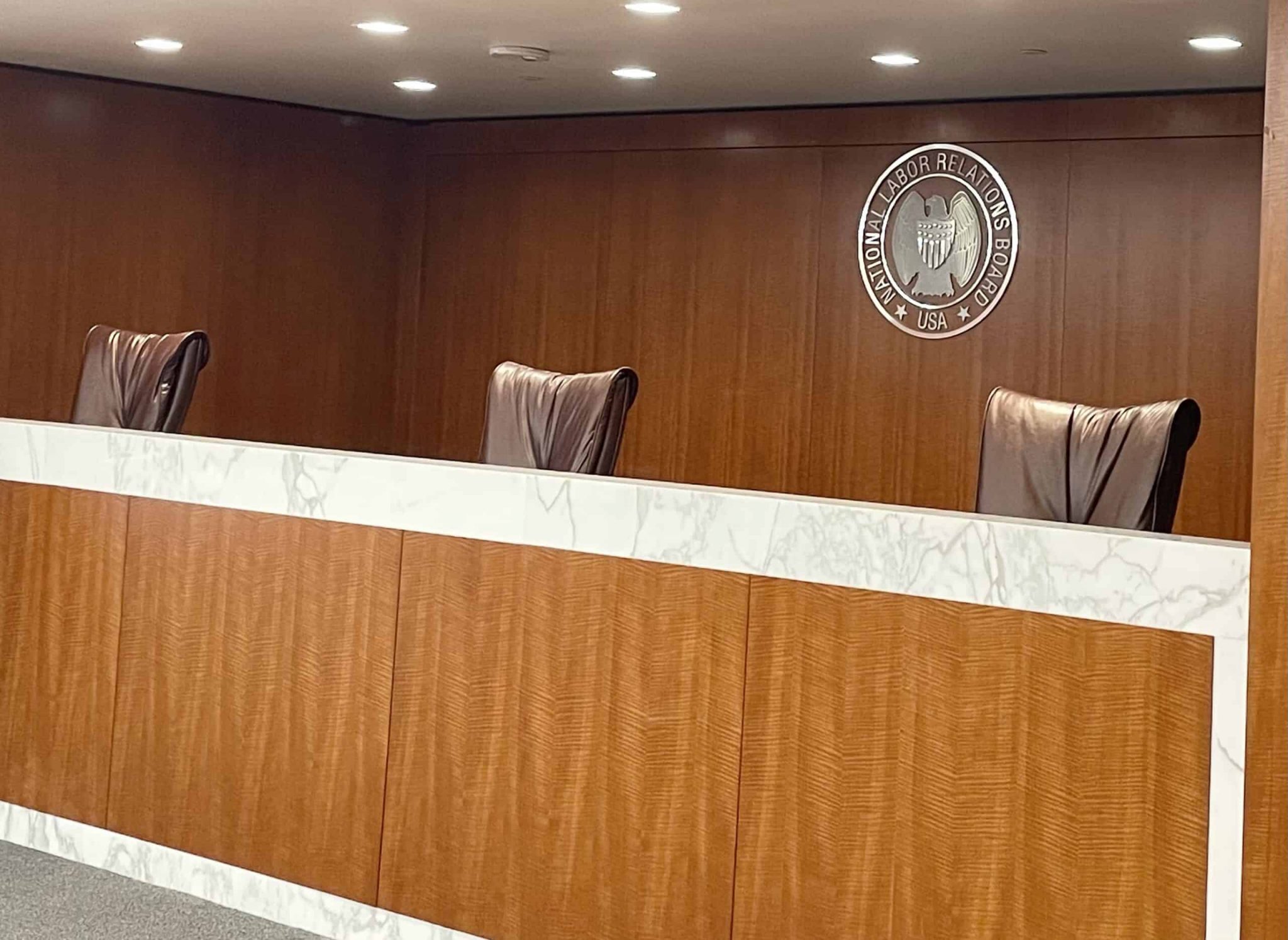
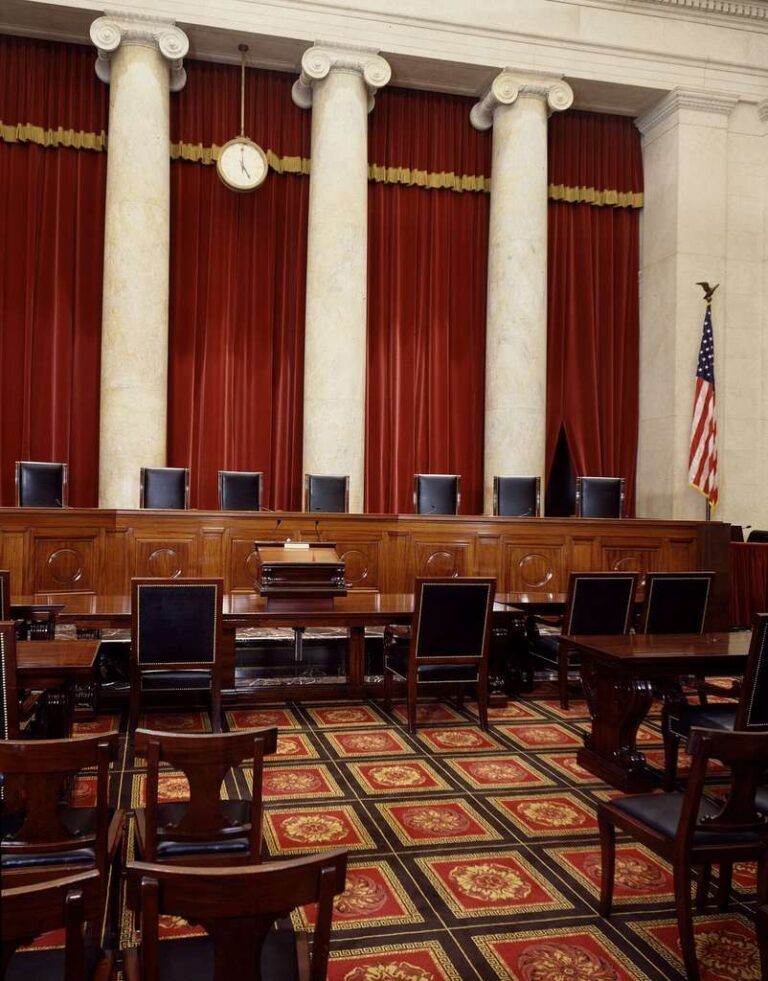
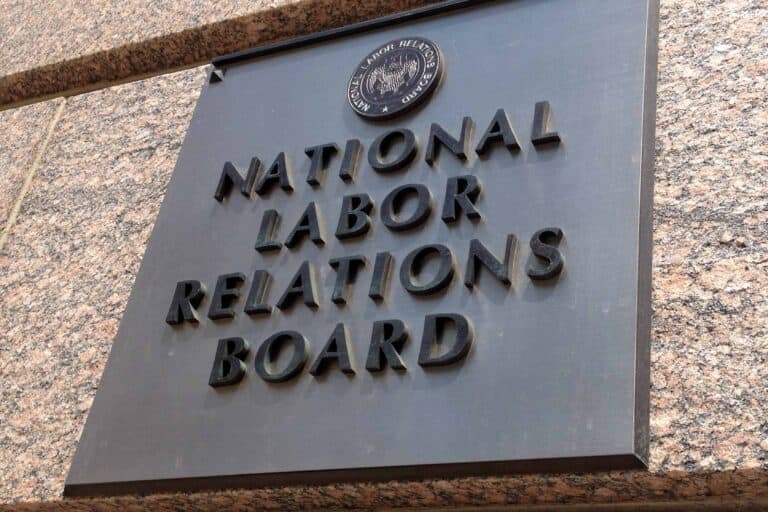

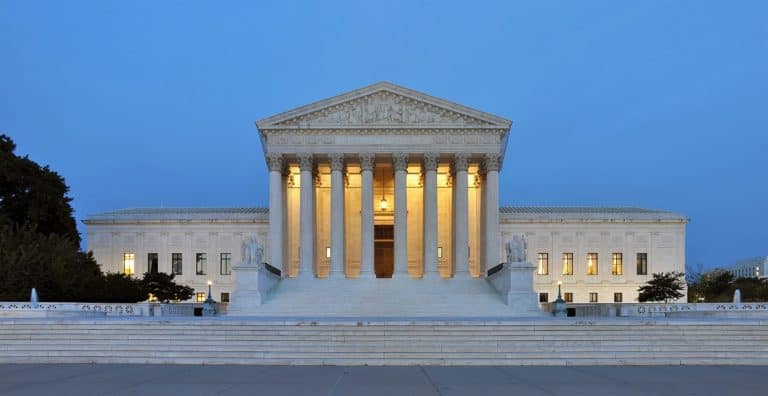

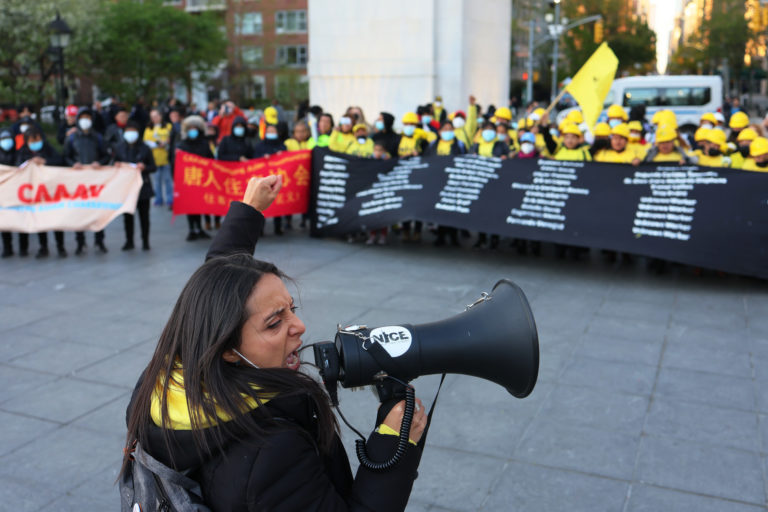


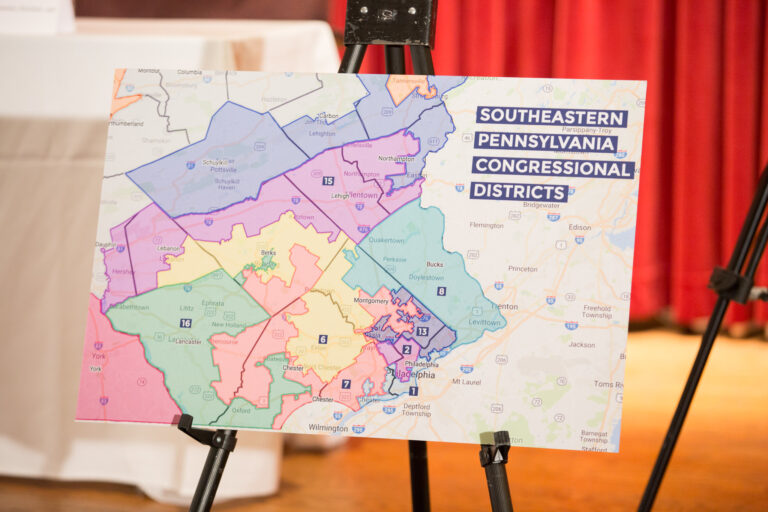
Daily News & Commentary
Start your day with our roundup of the latest labor developments. See all
December 19
Labor law professors file an amici curiae and the NLRB regains quorum.
December 18
New Jersey adopts disparate impact rules; Teamsters oppose railroad merger; court pauses more shutdown layoffs.
December 17
The TSA suspends a labor union representing 47,000 officers for a second time; the Trump administration seeks to recruit over 1,000 artificial intelligence experts to the federal workforce; and the New York Times reports on the tumultuous changes that U.S. labor relations has seen over the past year.
December 16
Second Circuit affirms dismissal of former collegiate athletes’ antitrust suit; UPS will invest $120 million in truck-unloading robots; Sharon Block argues there are reasons for optimism about labor’s future.
December 15
Advocating a private right of action for the NLRA, 11th Circuit criticizes McDonnell Douglas, Congress considers amending WARN Act.
December 12
OH vetoes bill weakening child labor protections; UT repeals public-sector bargaining ban; SCOTUS takes up case on post-arbitration award jurisdiction